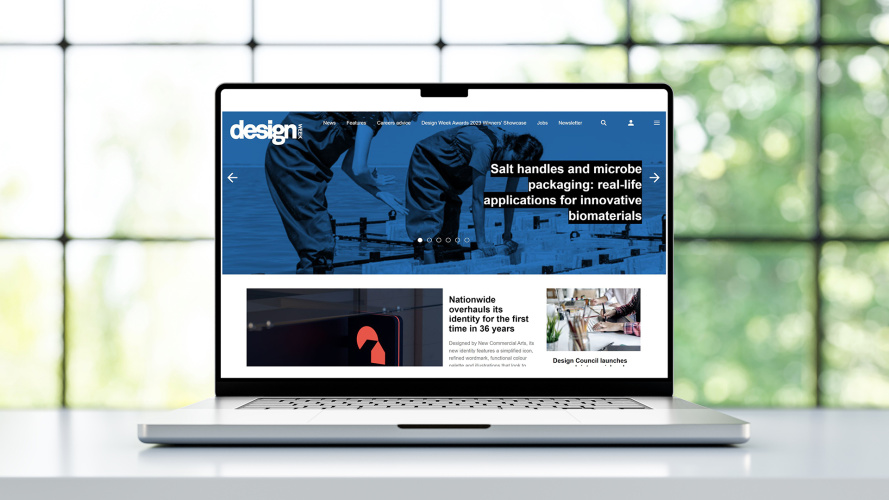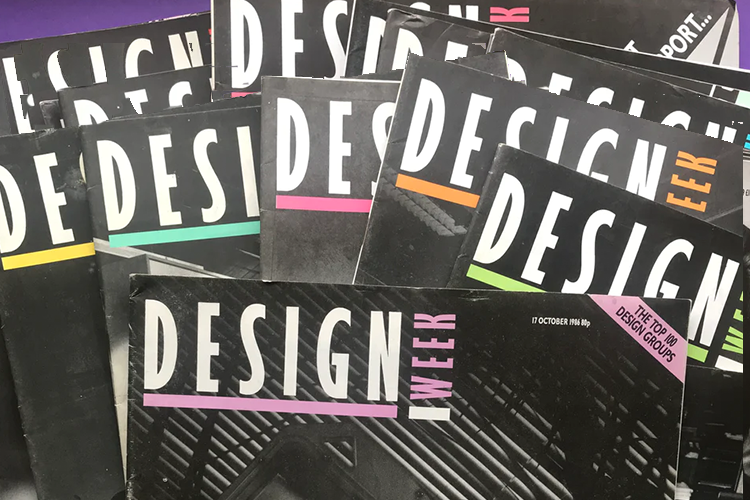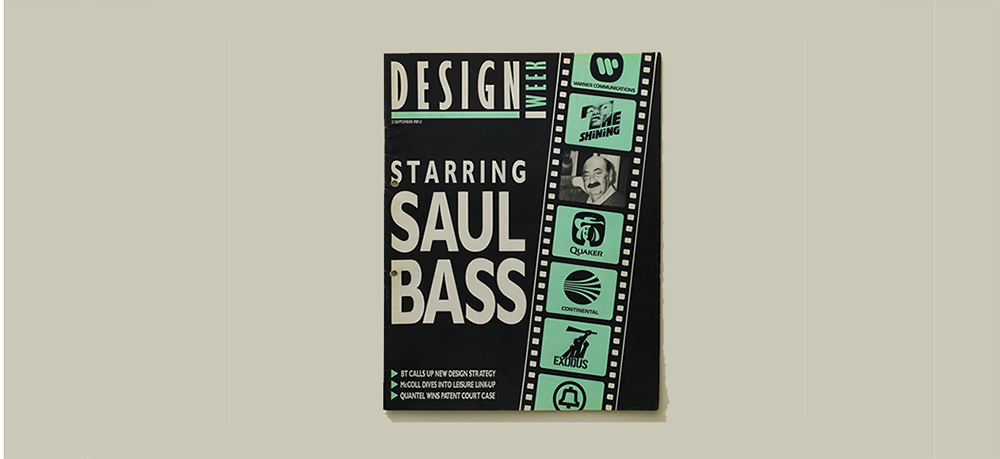Design industry weighs in on GCSE design and technology proposals
An education consortium has drawn up plans for design and technology GCSE to address global design challenges but what does the industry think?
Design Council chief executive officer Minnie Moll

We welcome a curriculum that will give young people valuable green design skills that they can carry into their future careers. The next generation of designers need to feel equipped and inspired to design for planet if the UK is to meet net zero and beyond to a more regenerative world.
We need teaching and curriculum that is not just design thinking but design practice; new materials, designing things to be repairable, reusing and recycling materials. The creative problem solving of designing and making.
It’s key that the leading design organisations work together now to form a unified voice and approach to influence policy makers and make real, lasting change. There are key stakeholders who must be in the conversation. We need the voice of teachers who know what the challenges and opportunities are at the sharp end, and we need business to help inform what is needed in business and industry.
Design and Technology Association chief executive officer Tony Ryan

The Design and Technology Association welcomes calls for a revised version of the D&T curriculum and acknowledges the need for subject reform. What has been presented so far is a concept that we would now like to see all partners with a vested interest in design and technology education engaged in as detail is added to this proposal.
We are particularly interested in the depth of knowledge acquisition included within this qualification. In our opinion, for this to be a valued qualification that ensures progression, students need to be engaged in real-world problems which draw on a deep knowledge bank in order to produce and test detailed prototypes.
Alongside the qualification itself, there would need to be an in-depth discussion around the space, equipment and machinery required to allow young people to devise realistic, working solutions to the problems set. There is a long way to go, but the proposals tabled by Pearson are interesting and we look forward to exploring them further alongside other interested parties.
Ustwo executive design director Helen Fuchs

As a designer, and as a parent whose child will be sitting their design and technology GCSE in a few months, I welcome this much needed change to the curriculum. The unprecedented challenges presented by the climate emergency require a new generation of creative, collaborative and inclusive thinkers to address them.
Underfunding in creative subjects has positioned them as the neglected alternative to the stars of the STEM curriculum, but investment is needed in creative subjects now more than ever. One of this year’s GCSE Design and Technology briefs was already centred around sustainability. Across the board, students are being asked to consider the sustainability of materials and supply chain, and to consider their users’ needs and pain points. A positive start – but we know good design comes from practice not theory, and that’s where the current curriculum falls short.
The success of this proposed curriculum overhaul rests on effectively supporting teachers, giving them the tools and resources to be successful within the constraints they face in comprehensive secondary schools. I’d ask the consortium to do the work; go sit in classrooms, understand what it’s really like teaching a class of different abilities whilst navigating broken equipment and working under immense time pressures.
While I share the concerns raised about those with commercial interest shaping the GCSE design and technology curriculum, I believe that involving industry experts to help excite young people about where a career in design can take them, and the problems it can solve, can only be a good thing. If this government is not championing a career in design, others need to step in.
Creative UK chief executive officer Caroline Norbury

It doesn’t matter what industrial sector you work in, design, whether it’s widgets or sophisticated service system, is usually at the centre of it. With take up of the subject continuing to decline, creating a more targeted design and technology curriculum has never been more urgent.
Moving away from consumer driven products and developing more sustainable and environmentally friendly design solutions that tackle global challenges head on requires innovation, creativity and critical thinking.
It is our collective responsibility to equip the future designers, developers and leaders with the core skills they need for success. Arts and creative subjects not only offer young people employability across a range of subjects, they also learn communication skills, critical thinking, problem solving, independence and adaptability.
The time for creating tangible solutions to some of the world’s most challenging problems is now. We can no longer sit idly by while the world creates more unnecessary consumer products that end up rotting in landfill. We must move quickly to reduce our environmental impact if we want to become a thriving green economy that drives impactful change and embedding design thinking as a key component of the curriculum is a vital step in that direction.
Baxter & Bailey design director Alex Whittaker

Let’s begin with the good news. From what we currently understand, there’s lots to admire and applaud in the Pearson proposal. After all, who wouldn’t get behind a reinvigorated curriculum – informed by a collaboration between industry professionals and academia – that champions sustainability and seeks to tackle the climate emergency? Our next generation of designers absolutely needs to help us deal with these massive challenges.
But, alongside this optimism, we’d also sound a note of caution. As Design and Technology Association CEO Tony Ryan quite rightly says in his response to the proposal, we need to “help create the next generation of problem solvers, thinkers, innovators, designers, and makers”. Problem solvers, thinkers and innovators are exactly what we need. And in order to foster great problem-solving, open-minded thinking and brave innovation, we need to ensure that technical skills and exam-based testing are not the only answer. Any new D&T curriculum should place ideas at its heart, because ideas are our industry’s truly valuable commodity. Ideas are the reason the creative industries contributed £115.9bn GVA to the UK economy, pre-pandemic. And ideas are the spark that will inspire the next generation to pursue a creative career.
Among Equals co-founder and creative director Emily Jeffrey-Barrett

Right now, we’re living in a world that – despite a few hyped circular design efforts (think Nike and Patagonia) – is still very linear. Our economic system is geared towards a take, make, dispose model: products are still designed for landfill, or recycling at best, and it’s killing us. We need a radical, urgent shift away from a linear world, towards a circular one, and that means the way we design needs rebuilding from the ground up.
This proposed curriculum could be a huge step in the right direction, ensuring designers of the future are thinking in a circular way from the start. Of course science and technology are essential in the fight against climate change but so are ideas, and stripping funding away from arts subjects puts those ideas at risk. Done right, this curriculum could help nurture imagination, empathy, and problem-solving skills – all qualities central to great design, and exactly what the world needs more of right now.
Former Design and Technology teacher Carl James

One of the biggest problems facing the subject is the clash between old and new; we want to spend time looking at the design process, modelling and analysis but sometimes kids (and teachers) just want to spend time teaching manufacturing skills as well.
This is why many key stage three (KS3) projects haven’t moved on and this in turn feeds the KS4 groups. Teachers are teaching the same projects they once did at school because they have no time to develop new ones.
The D&T GCSE also only went through some significant changes over the last decade, notably a greater emphasis on the exam as a percentage of the final grade (50/50 vs the 70/30 split of before).
If this consortium is serious about letting young people attack real world problems, then what they need to do is get real life companies on board to act as clients. Get them to come up with some real-life design scenarios that can be applied across Y7-9 but rolled out nationally, changing them every three to four years. These scenarios could run as a national competition with schools submitting their best voted designs so that students can see the results of their work.
Organisations like Royal Society of Arts run this kind of thing but what I would want to see is real companies providing client briefs on a national scale, helping out the teachers but also giving real life applicability to student work.
Education consortium lays out plans to overhaul GCSE design and technology
Banner image credit: Juice Verve on Shutterstock
-
Post a comment




